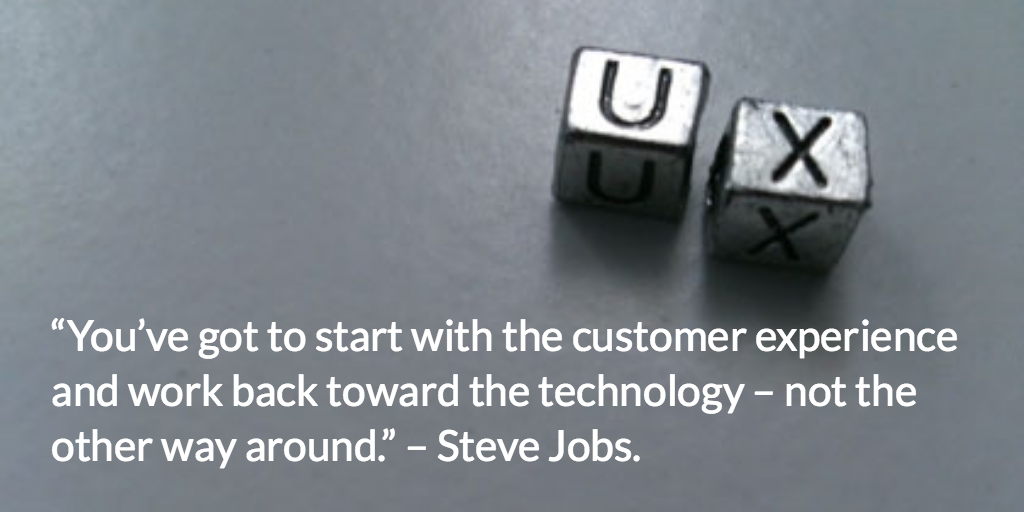Apple’s rise to the world’s greatest super-brand started with one brilliant strategic move. Instead of challenging the (then) thriving PC market at their own game, they diverted the audience. They knew customers, at heart, wanted something bold and simple. On some levels, Apple commercialised the discipline of User Experience. And the billions rolled in.
And they didn’t stop at the operating system – they applied the principles of User Experience to every touch-point in the customer journey. From Apple stores right through to (perhaps) some of the finest product packaging of our times – simple, good looking and secure.
Right now, User Experience, or UX, is the most influential philosophy in software and application design. With proper investment, companies are tapping into user research labs to test ideas in real time and use the data to shape products they know will work. So much so, its principles are being rapidly adopted by airlines, car designers and retailers, all seeking to engender brand through the ways and applications customers use to engage with their products and venues.
At Hunter, we believe the principles of UX could have ‘real world’ advantages for product and packaging design:
- Firstly, UX defines the customer as a user and not just a consumer. Packaging isn’t simply a means to consumption – it’s part of the product experience.
- UX sets ‘floors’ of expectations. Briefs have a habit of starting from scratch each time and looking for more and more ways to delight the customer with innovation. If you set a UX standard – it’s an easier territory to innovate from.
- It provides a new territory to build brand. Consider how Apple has applied these principles to packaging their phone and watch products. The brand experience starts long before the product is put to action.
- UX encourages the brief to explore the details. Consider how the packaging mechanisms (e.g. opening and closing) play a part in the customer experience.
- It provides clear territory to innovate and differentiate. Looking beyond the graphical design in packaging… how is the brand projected through texture, movement and interaction?
At Hunter, we used the core of these principles when developing the gifting packaging for Accurist. The solution used a push button feature to enable customers to view the product – an elegant yet intuitive pack that won us a Luxury Packaging Award in 2014.
Where UX grows outside the safe confines of digital apps, is yet to be seen. However, its capacity to build brand through the tangible, not just through the perceived image, is going to draw some serious attention.
For the packaging industry, the mantra of ‘it is what is and does what it does’ will hold sway for the many briefs for years to come. For some brands though, with particularly discerning audiences, UX could become a key framework for innovation.


